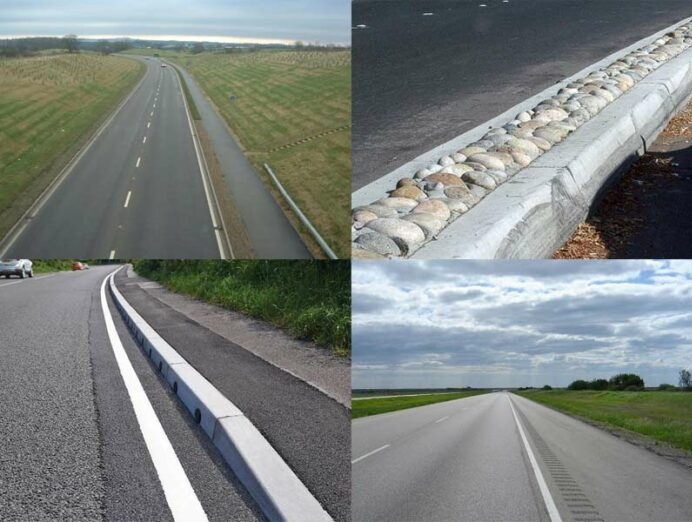Different components of a road play an important part in ensuring the safety and service life of a road. The components of a road are designed to meet the design and functional requirements. These geometric components are designed in accordance with the traffic of the region. Design and geometry of various cross-sectional elements are important aspects to be considered in this regard. Given below are different components that need to be considered for highway construction.
Components of road pavement construction
Carriageway
A carriageway generally consists of a number of traffic lanes together with any associated shoulder, but may be a sole lane in width. Traffic lines are those lines on which traffic can move freely without any restriction. The carriageway is divided into a single carriageway and a dual carriageway. A single carriageway road has one carriageway with 1, 2 or more lanes together with any associated footways and road verges A dual carriageway road has two roadways separated by a central reservation.
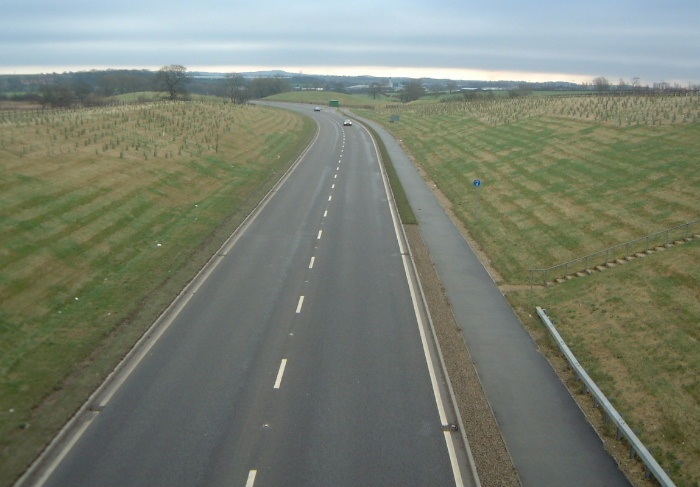
Cross slope
Cross slope, cross fall or camber is a geometric feature of pavement surfaces: the transverse slope with respect to the horizon. It is a very important safety factor. Cross slope is provided to provide a drainage gradient so that water will run off the surface to a drainage system such as a street gutter or ditch. Inadequate cross slope will contribute to aquaplaning. On straight sections of normal two-lane roads, the pavement cross section is usually highest in the center and drains to both sides. In horizontal curves, the cross slope is banked into superelevation to reduce steering effort and lateral force required to go around the curve.

Medians
The median strip or central reservation is the reserved area that separates opposing lanes of traffic on divided roadways, such as divided highways, dual carriageways, freeways, and motorways. They are physical or painted separation provided to separate two road ways. Mainly used to differentiate vehicles based on speed. They are a pedestrian benefit, because they can serve as a place of refuge for pedestrians who cross a street mid-block or at intersections. They provide space for street trees and other landscaping which, in turn, can help reduce speeds by changing the character of a street. They also have benefits for motorist safety when they replace center turn lanes. Desired turning movements need to be carefully provided so that motorists are not forced to travel on inappropriate routes such as residential streets or an unsafe U-turn condition is not created.
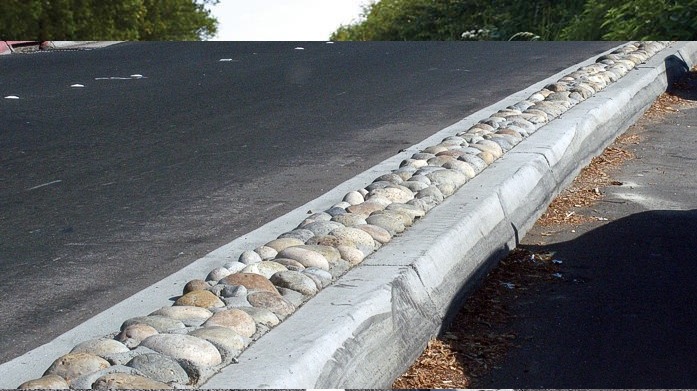
Kerbs
A kerb is a vertical or sloping member provided along the edge of a pavement or Shoulder to give strength and protect the edge of the pavement. In highway engineering, it indicates the boundary between the pavement and shoulder or sometimes island or footpath or car parking space. They are designed to discourage vehicles from leaving the pavement. They are provided when there is a considerable amount of pedestrian traffic. They are placed at a height of 20 cm above the pavement edge with a steep batter. They are generally constructed of cut stone or cement concrete slabs. The kerb and the road surface near the edge together form a side-channel which carries rainwater that comes from the road surface.
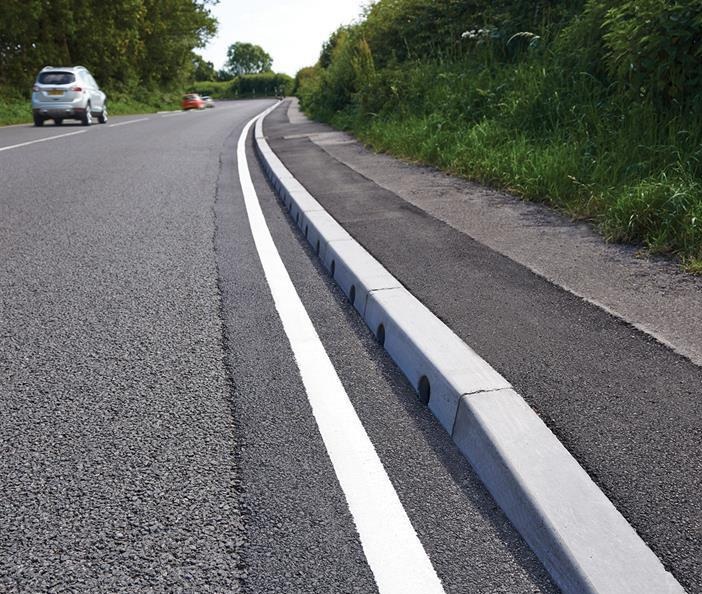
Road margins
Road margin is the portion of the road beyond the carriageway and on the roadway can be generally called road margins. Various elements that form the road margins include
- Shoulders
- Parking lines
- Bus bay
- Service roads
- Cycle track
- Footpath
- Guard rail

Width of carriage way
Width of the carriageway or the width of the pavement depends on the width of the traffic lane and number of lanes. Width of a traffic lane depends on the width of the vehicle and the clearance. Side clearance improves operating speed and safety. The maximum permissible width of a vehicle is 2.44 and the desirable side clearance for single lane traffic is 0.68 m

Width of roadway
Width of formation or roadway width is the sum of the widths of pavements or carriageway including separators and shoulders. This does not include the extra land in formation/cutting.
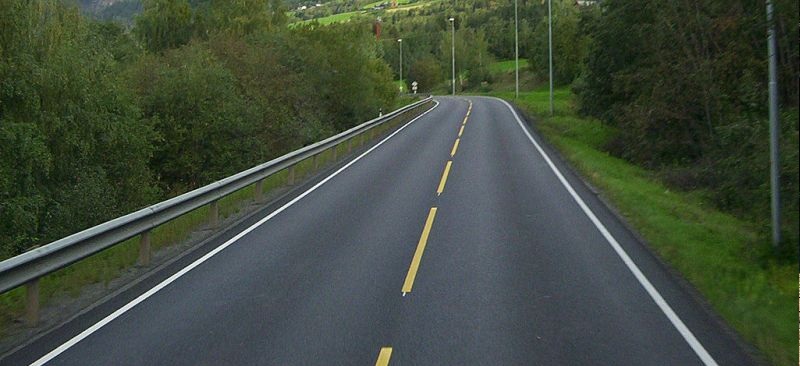
Right of way
Right of way (ROW) or land width is the width of land acquired for the road, along its alignment. It should be adequate to accommodate all the cross-sectional elements of the highway and may reasonably provide for future development. Factors influencing the width of ROW.
- Width of formation
- Embankment depth and cutting depth
- Side slopes of embankment or cutting
- Drainage system
- site distance considerations
- Future widening & Service roads.

Drainage
The pavement surface should be absolutely impermeable to prevent seepage of water into the pavement layers. Further, both the geometry and texture of pavement surface should help in draining out the water from the surface in less time

Conclusion
All the components as described above should be used in accordance to the topography and functional requirements to get a well-performing road.
